The world of furniture loves to toss around terms that sound interchangeable — but when it comes to tables, each one brings its own personality and purpose. Side table, end table, accent table… they may look similar, but knowing the subtle differences can help you make the right choice for your space. And we’re here to help you do just that.
1. Side Table: The Subtle Hero
A side table is the understated piece that lives next to your sofa or armchair, offering an extra surface for your coffee, remote, or a plant. These tables are usually on the smaller side, making them ideal for tight spaces. While they may serve functional purposes, side tables often blend seamlessly into the background, working quietly to complement your seating area.
They come in various styles, from sleek and modern to rustic and charming, and tend to focus on utility, balancing out the more prominent pieces in your living room. Side tables often don’t have storage but can provide an easily accessible place for everyday essentials.
2. End Table: The Larger, More Versatile Cousin
End tables share many similarities with side tables but usually carry a slightly larger presence. Positioned at the end of a seating arrangement — hence the name — these tables offer more space for your items. They might hold a lamp, a few decorative pieces, or even a stack of books. Typically a bit larger than side tables, end tables can serve as the anchor of a seating area, especially when paired with a sofa or a lounge chair.
Unlike side tables, end tables often come with drawers or open storage, allowing you to tuck away those everyday items you want out of sight. They strike a balance between function and style, making them an ideal choice if you need more surface area but don’t want to overcrowd the space.
3. Accent Table: The Showstopper
Now, here comes the table with attitude. The accent table isn’t just about holding things; it’s about showing off. With unique shapes, striking designs, and bold materials, accent tables are all about making a statement.
These tables may still serve a functional purpose — think a small surface to hold keys or a plant — but their true power lies in their ability to elevate the room. You’ll find accent tables in eye-catching corners, beside bold armchairs, or even in unexpected spots like an entryway. When you need something to spark a conversation or add that finishing touch to a room, an accent table is your secret weapon.
So, Which Table Should You Choose?
Ultimately, choosing between a side table, an end table, or an accent table depends on what you want it to do. Each has its strengths:
-
A side table is perfect if you want something compact and low-key, with a focus on functionality.
-
An end table is the best choice if you need more surface area and storage, but don’t want to overwhelm the space.
-
An accent table is the bold statement-maker that adds personality, turning heads and completing a room with style.
At the end of the day, it's all about how each table fits into your space and lifestyle. Whether you're after something simple and functional, versatile and practical, or bold and beautiful, there's a table out there that’s just the right fit for you.


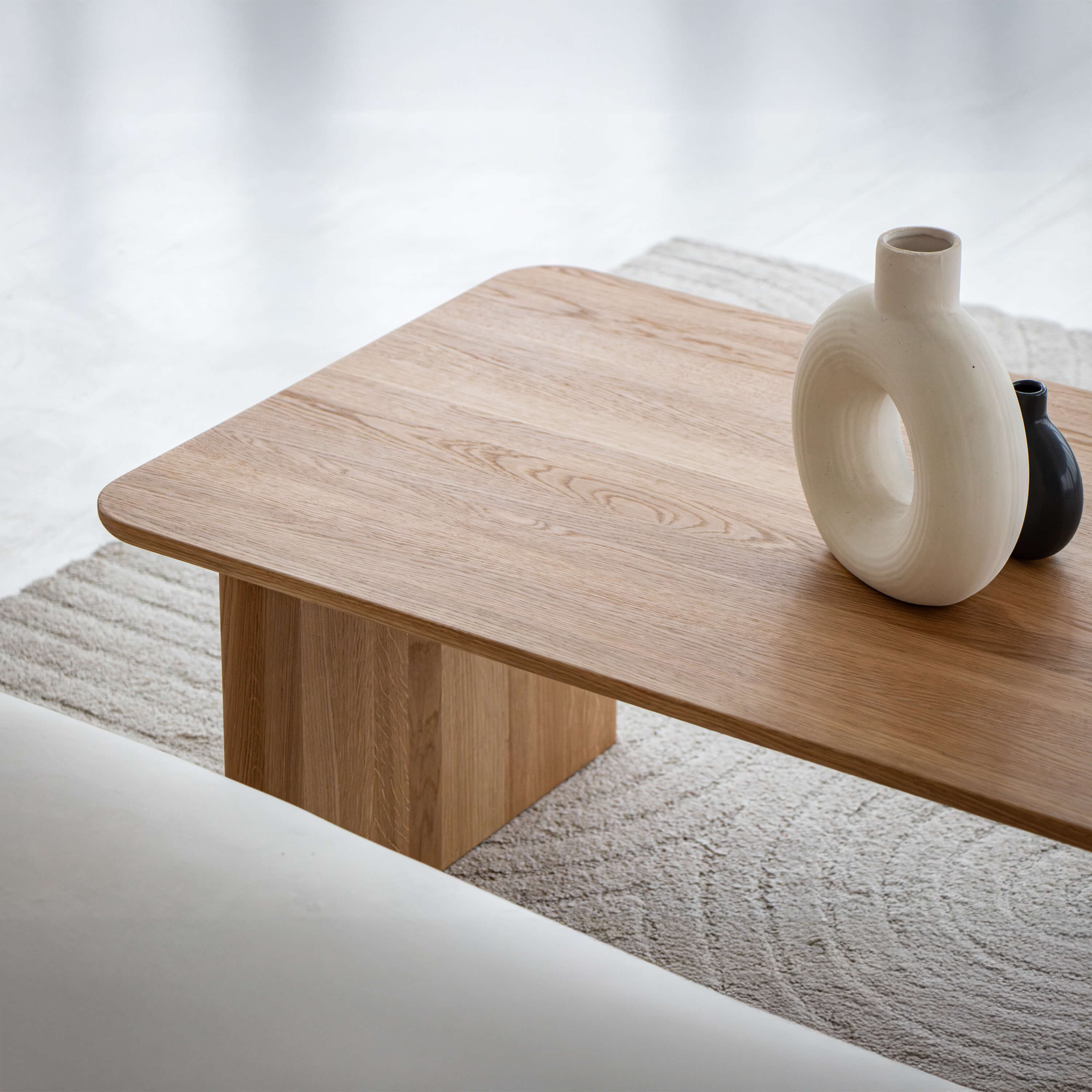
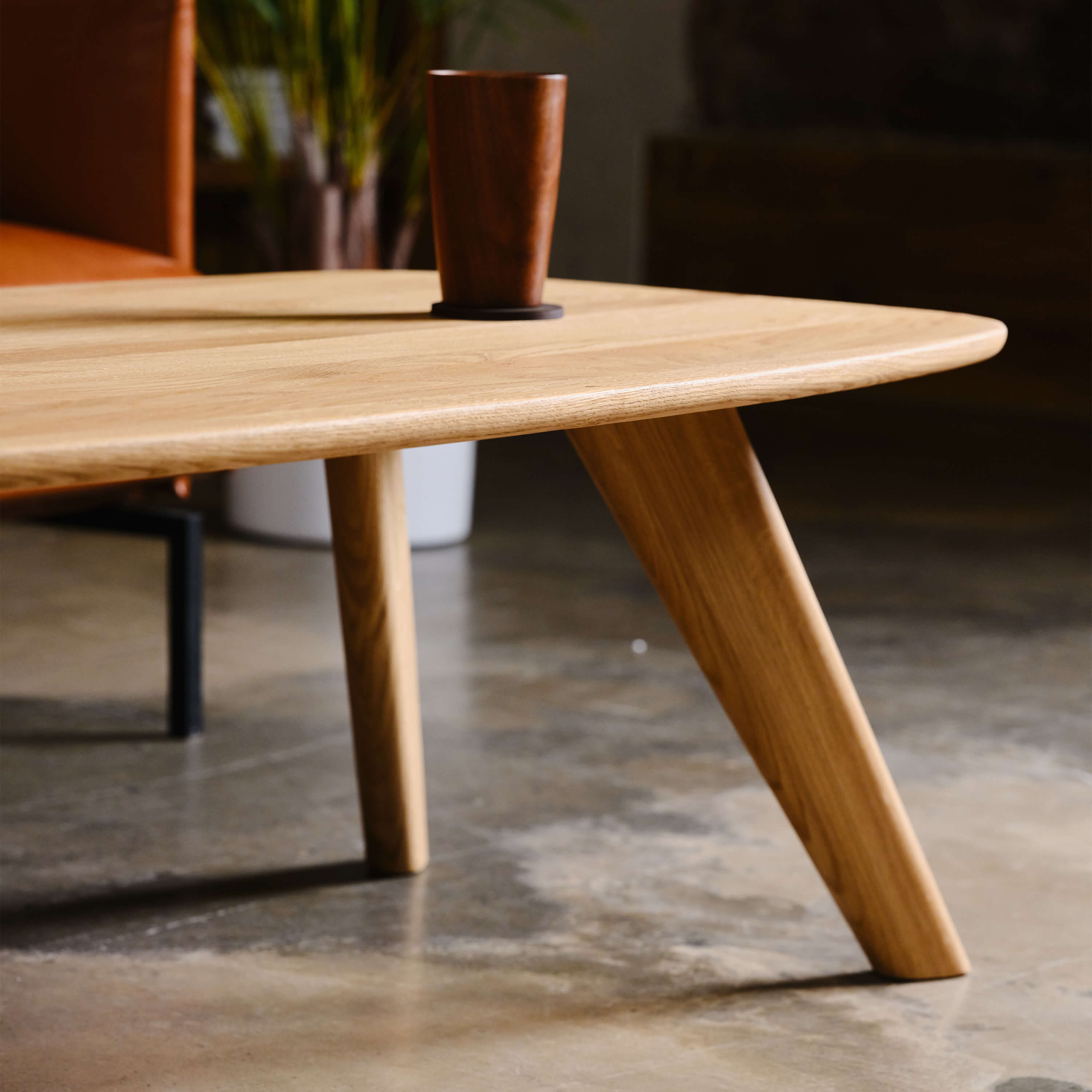
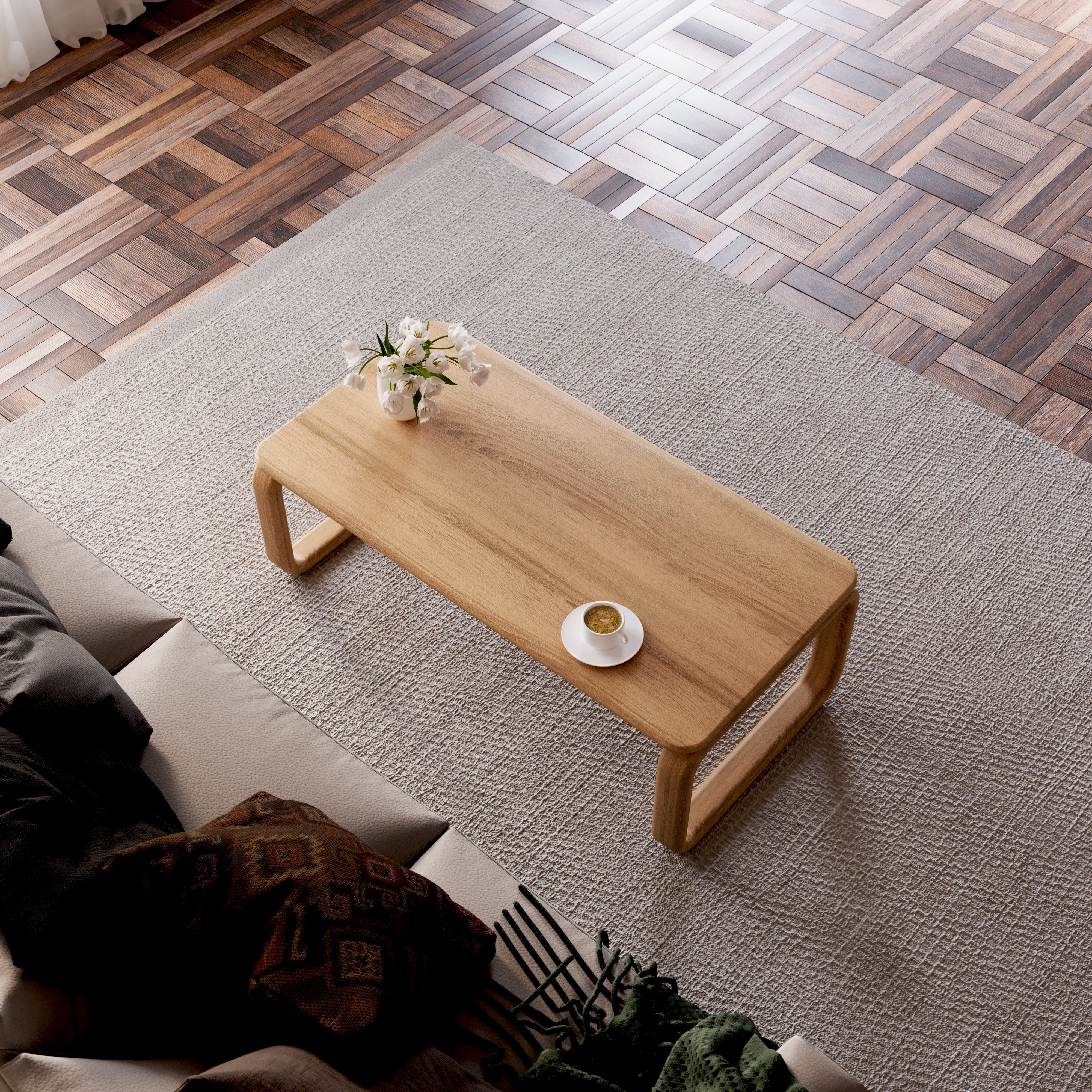

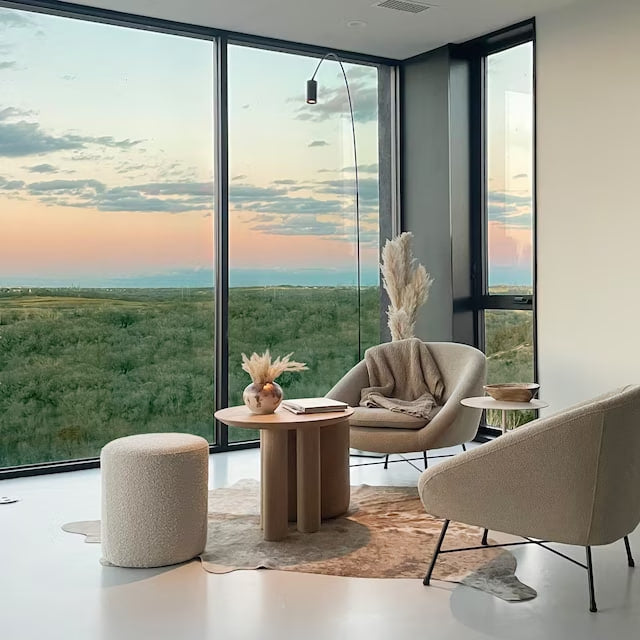
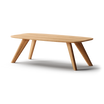
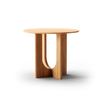
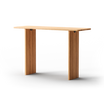
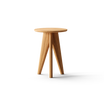



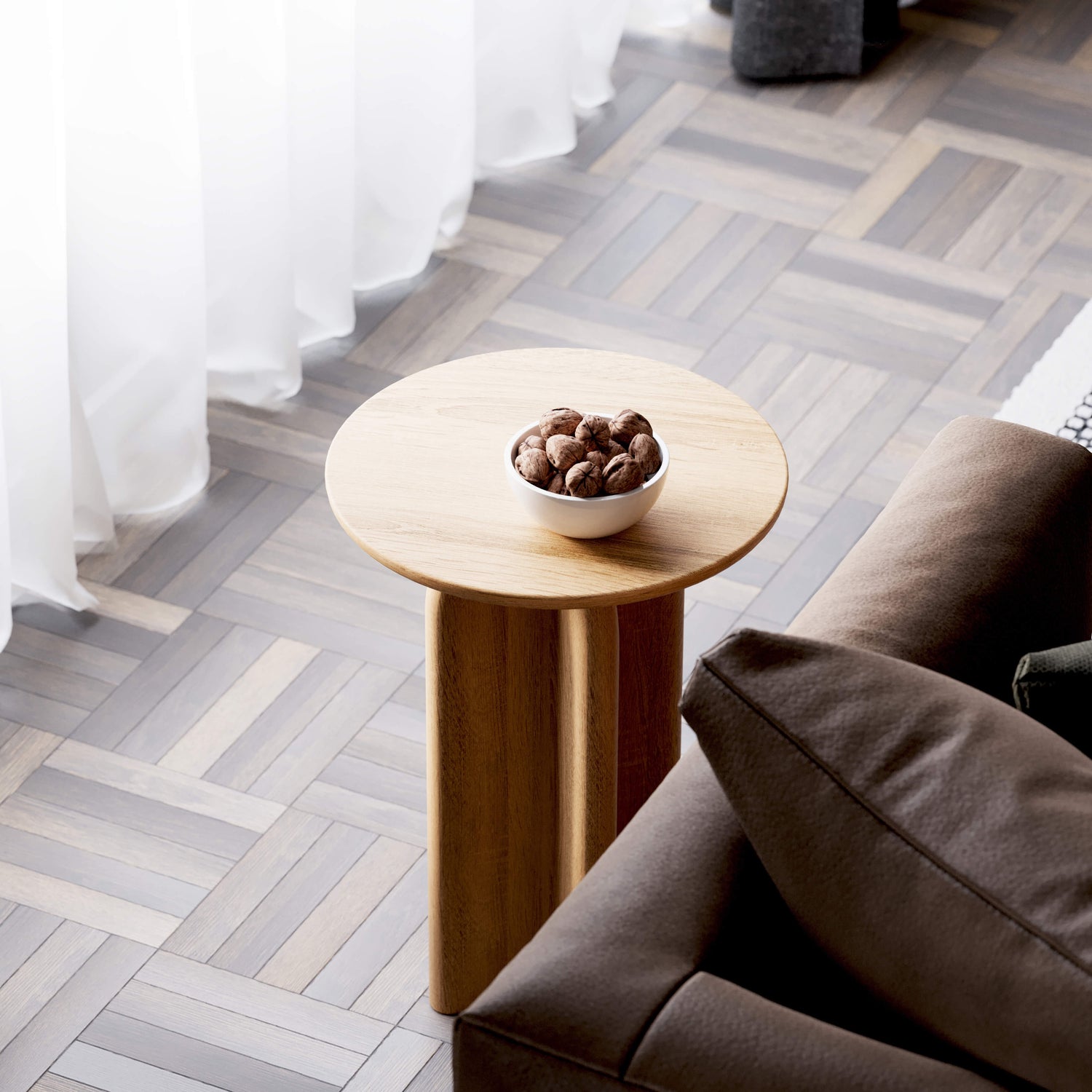
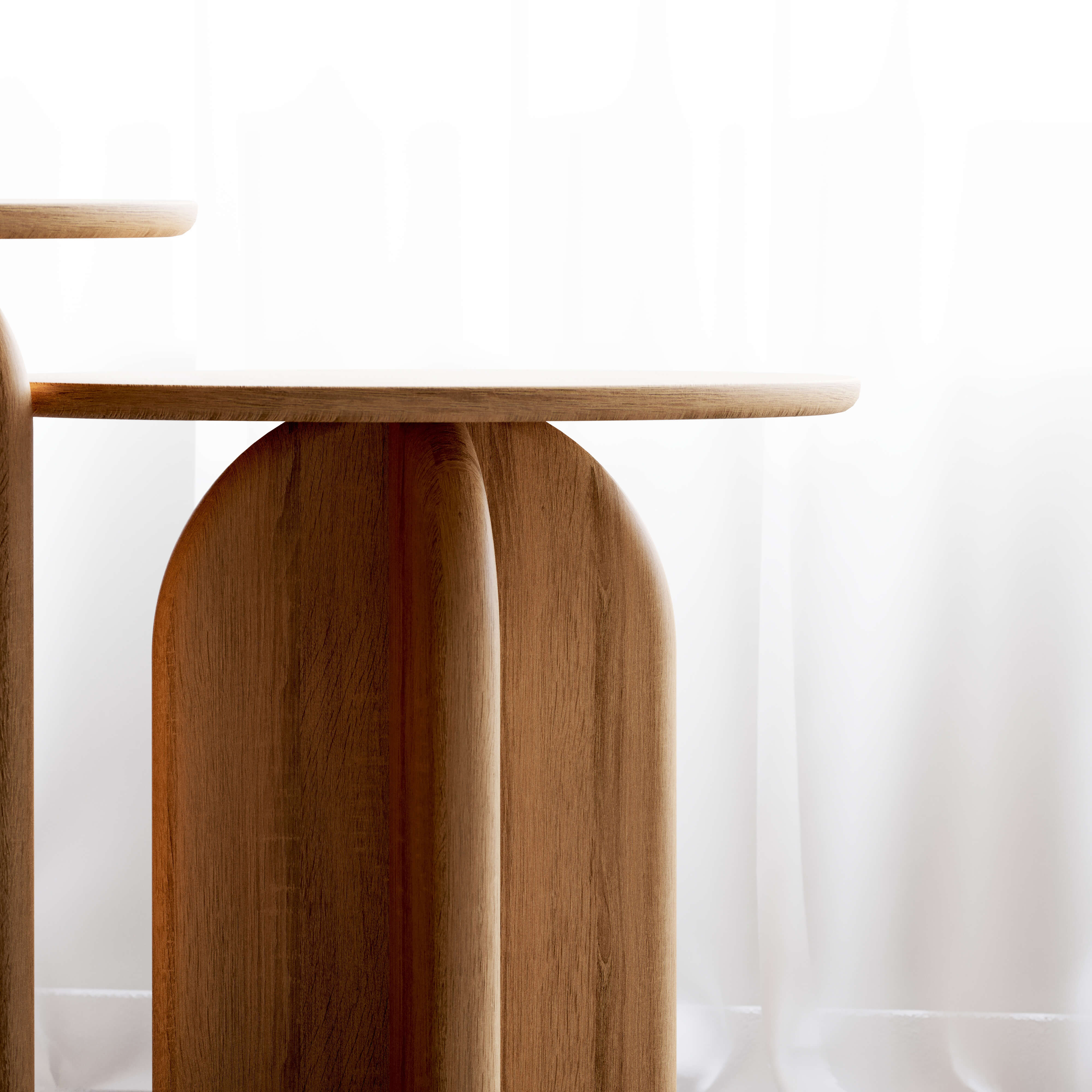
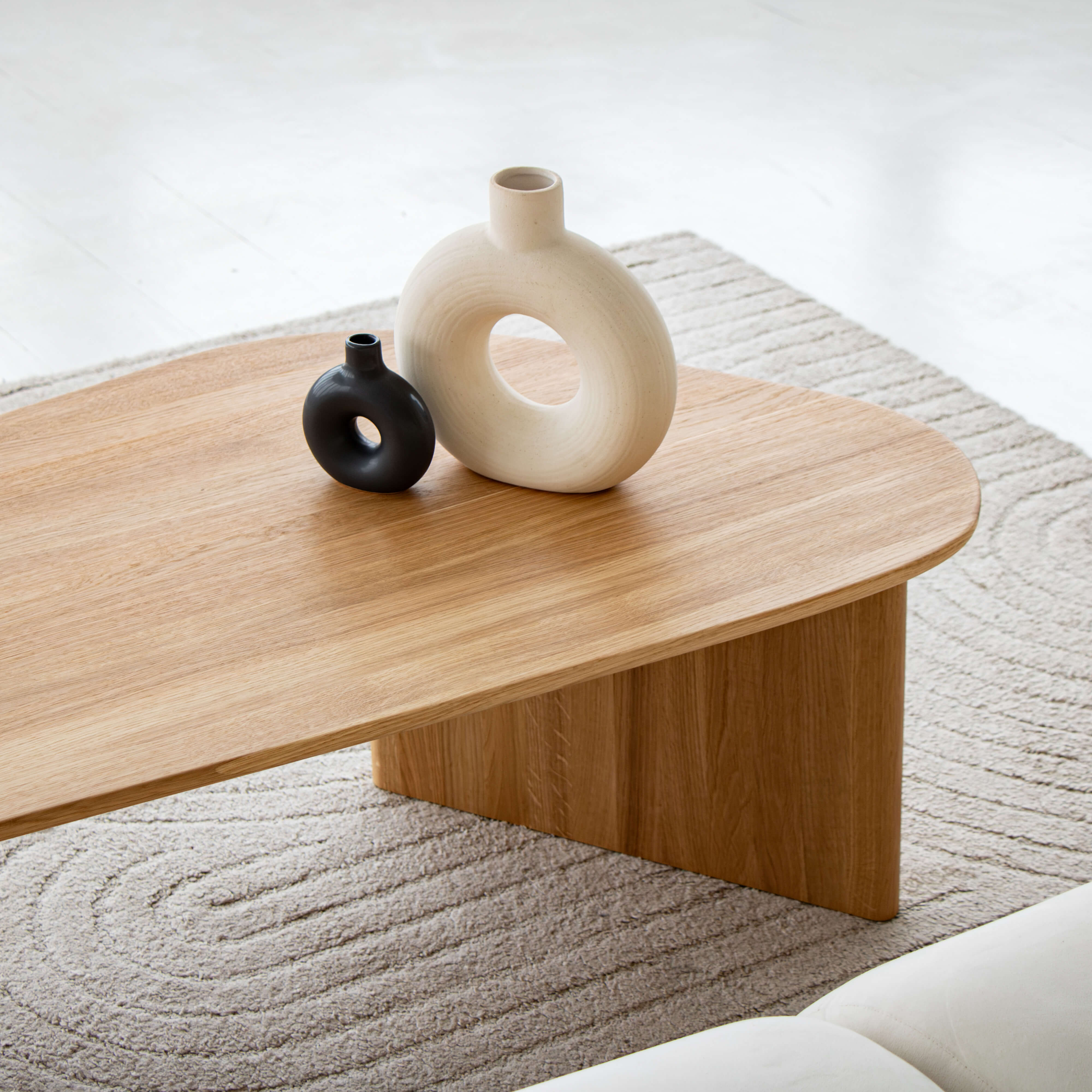



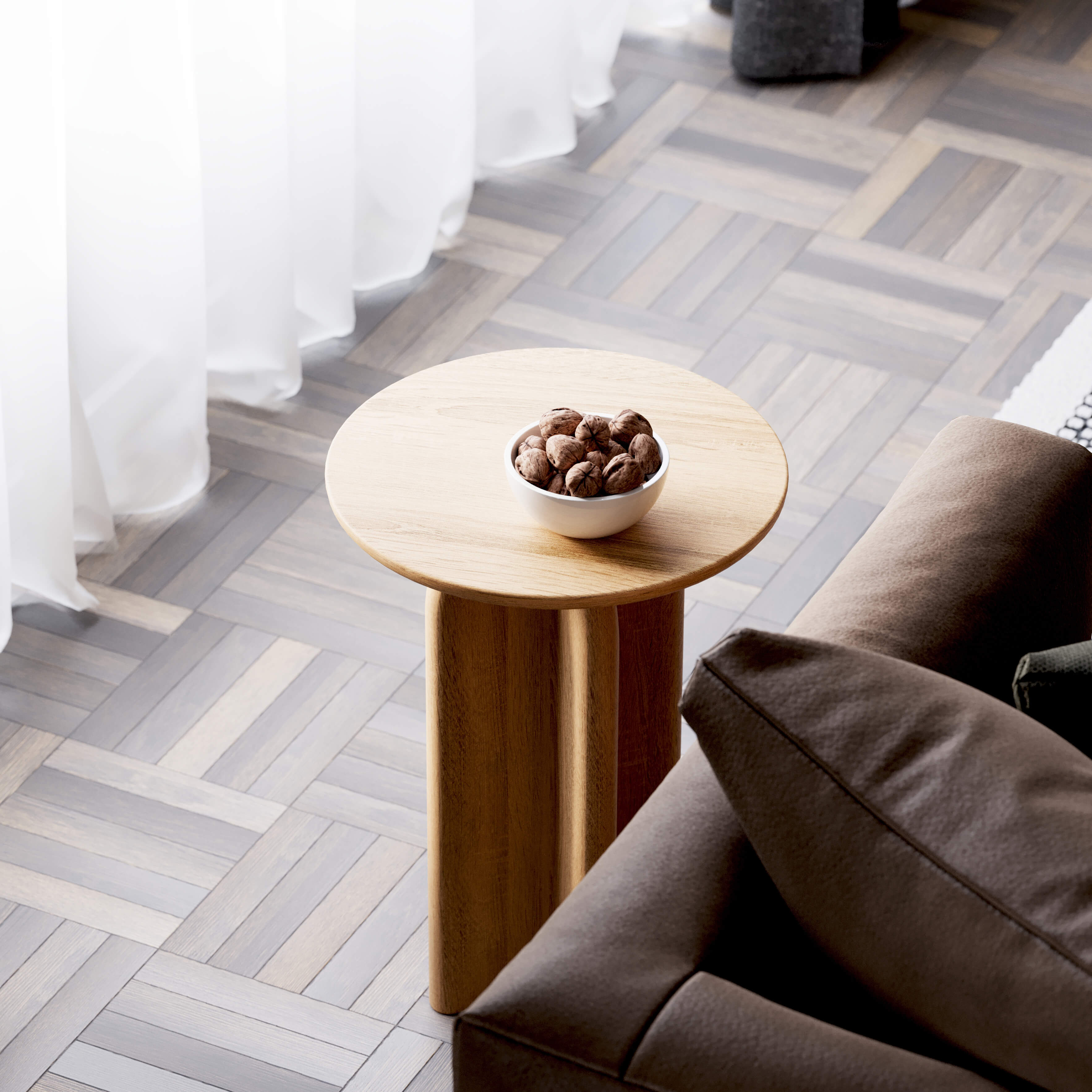
Leave a comment
This site is protected by hCaptcha and the hCaptcha Privacy Policy and Terms of Service apply.